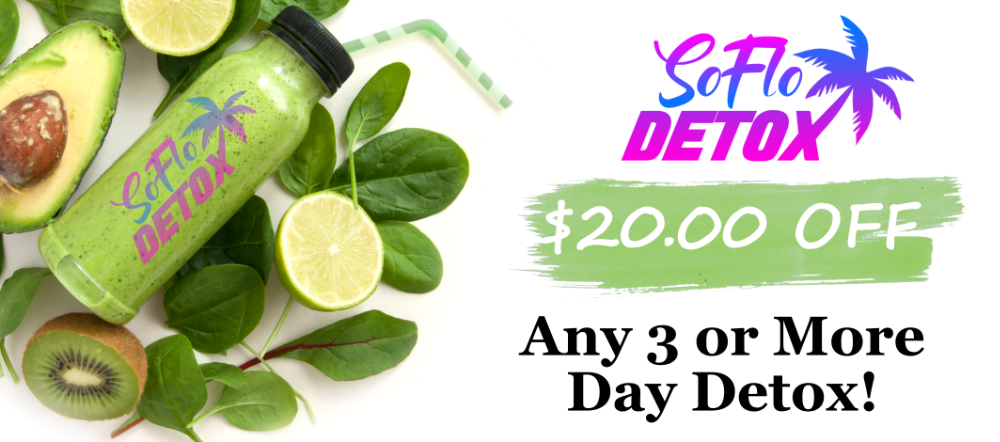How to Properly Care For Your Skin

Whether you are looking for a better skin-care routine or want to learn how to identify your skin type, there are a few things you should know. This article will help you learn which foods are good for your skin and which ones are bad for it. This article will help you identify what skin-care products work best for you and what you should avoid. Using the correct skin care products is essential to a healthy appearance and good health.
How to properly care for your skin
Skin care is essential for preventing acne and skin damage. It also helps to eat healthy. Choose lean proteins and avoid foods that are high in saturated fats, trans fats and sugar. Make sure to get adequate sleep every night. Stay away from tight clothes. These clothes tend to trap dust and oil. Avoid wearing headbands or caps that can collect oils and dirt. If your skin is particularly sensitive, it may require special treatments.
The beauty industry and social media are promoting a culture that emphasizes buying products to care for the face. Many people post photos of their “beauty hauls” online to show off the products they bought. But these products can’t solve every skin issue. Instead, try some of these unbottled methods of caring for your face. Sunscreen is also a must. Lifelong exposure to the sun causes wrinkles and increases the risk of skin cancer.
To properly care for your skin, find out your skin type and follow a specific skin care regimen based on your type. If you have oily skin, you’ll notice shiny skin all over your face. If you have combination skin, your skin is often dry in patches but is oily in the T-zone. On the other hand, if you have dry or sensitive skin, your skin will feel itchy and red.
After cleaning your face with a good facial cleanser, you should apply a moisturizer. You can also use a good facial toner to remove makeup. You should always keep your skin clean, moisturized, and clean. A good nighttime treatment should also focus on healing and rejuvenating your skin. If you use a cleanser that is too harsh, you may end up with dry or flaky skin. Your skin will thank you!
what food is good for your skin
Eating a balanced diet is the key to healthy skin. The best way to get the right amount of nutrients is to eat a variety of foods with a wide range of beneficial properties. Broccoli is an excellent source of many essential vitamins and antioxidants, including vitamin A and C, which are both necessary for collagen production. Broccoli also contains sulforaphane, an antioxidant that helps prevent cancer.
While it’s difficult to get all the nutrients your body needs for healthy skin, a healthy diet should provide all the necessary nutrients. Different foods have different benefits, but there is a recommended daily intake for each. Find out which foods contain these nutrients by looking at the nutrition facts label. You can also find this information online. There are also many online resources that offer nutritional information about foods. It’s important to understand the daily value of nutrients.
Fish is another great source of essential nutrients for healthy skin. Omega-3 fatty acids in fish promote healthy skin by reducing inflammation and protecting the skin from sun damage. Omega-3 fats are particularly beneficial for acne-prone skin. Salmon is an excellent source of omega-3 fatty acids, which help moisturize the skin. Avocados, on the other hand, are loaded with healthy fats that are good for many functions of the body.
Almonds are another great source of vitamin E. This antioxidant can protect your skin against the harmful effects of free radicals and improve your skin’s overall appearance. Black pepper can help prevent acne and is also known to protect skin from stress hormones and UV rays. In addition, it can also help improve skin’s elasticity. So, what should you eat to get glowing, clear skin? Try the following!
what food is bad for the skin
When it comes to the skin, fatty meats and desserts are bad for your skin. These types of foods are high in saturated fat, which promotes inflammation. If you have atopic dermatitis, for example, you should avoid eating fatty meats. Instead, opt for omega-3-rich oils. Moreover, avoid processed meats, which contain nitrates that break down collagen and elastin. They can also lead to premature aging.
Sugary foods, processed meats, and alcohol all contribute to skin aging. These foods are high in preservatives and contain unhealthy fat. Instead, choose meat with lower fat and less preservatives. Alcohol, too, can dehydrate the skin and increase the appearance of fine lines. Drink plenty of water and green tea, which are rich in antioxidants. Avoid alcohol and coffee. These foods contain large amounts of caffeine and sugar, which contribute to acne.
Leafy greens, meanwhile, can be beneficial for the skin. They contain high levels of antioxidants and can reverse the damage caused by free radicals. These nutrients fight inflammation and help your skin remain smooth and firm. Also, they contain folate, which is important for DNA repair. When you eat leafy greens, you can get a boost in your vitamin C levels. In addition, green leafy vegetables are rich in vitamin A, which is important for repairing damaged skin tissue.
Milk is also associated with acne. Milk contains hormones that can cause inflammation, clogging pores. These foods should not be consumed by women who are pregnant or breastfeeding. Likewise, people with eczema should stay away from processed meats and dairy products. If you’re wondering, “What is bad for the skin?”, consult your doctor. They can advise you on the best foods for healthy skin.
what skin care routine should you take
When you first wake up in the morning, you will likely want to wash your face. It is best to use a face-specific cleanser to avoid irritating your skin and clogging your pores. Use a gentle scrubbing motion to clean your face and rinse it well with warm water. Use a gentle exfoliant and moisturizer afterward to seal in moisture. Never pick at your skin as this can cause irritation.
The product you choose will depend on your skin type and your age. Teenagers and adults alike may need to deal with oily skin, while those in their 30s may benefit from products with alpha hydroxy acids, which brighten skin and reduce pigmentation. You can also make your own skin care routine by combining a few products with your usual skin care items. For best results, try different products and see which one works for you.
A basic skin care routine is not as complex as an elaborate one, and a good combination of these products will result in healthy skin. After cleansing, apply a moisturizer and apply sunscreen if necessary. It is a good idea to moisturize your face twice a day, morning and night. This will protect your skin and move your skin cells along their life cycle. Exfoliating removes the gunk that has been deposited on your skin. This buildup can lead to dullness, irritation and acne. It is also good for the skin, so you should always include an exfoliant as part of your skincare routine.
Use a cleanser with a sulfate-free formula that provides gentle lather. Try Renee Rouleau’s Purifying Face Wash, which is sulfate-free. A BHA/A serum will improve skin tone and minimize pores. Tea tree oil and salicylic acid are two important ingredients to look for in a moisturizer. A night cream with a mineral-based base will moisturize your skin and hydrate it.
what types of cream should you apply?
Many people struggle with dry skin and may be unsure of what type of cream to use on their face. However, there are some basic rules for choosing a good facial cream. A good cream should contain ceramides, which are natural proteins that protect the skin from environmental pollutants. As you get older, ceramide levels decrease. Other essential ingredients for a good face cream include glycerin, which acts as a natural humectant and repairs the skin. Lactic acid, on the other hand, is an exfoliant that removes dead skin cells.
If you have dry skin, you should avoid applying heavy creams to your face. Nighttime creams are meant to penetrate deeper into the skin and repair damaged skin overnight. While day creams protect skin from the elements, you should use a broad-spectrum, long-acting sunscreen. Choose a sunscreen with a high sun protection factor, and consider applying a vitamin C-rich cream to your face. It helps even out pigmentation and boosts cell melanin.
When applying cream to your face, it is best to use a thin layer of cream and then layer it onto your skin. The more you apply, the more it will clog your skin and result in a pilling mess. Apply a small amount of the cream, and if you find it too rich, skip to the next one. A good face cream should feel easily absorbed and will last longer.
When choosing the right cream for your skin type, it’s important to use a cream that contains the appropriate ingredients for your skin type. A good facial cream should contain ingredients that promote skin cell turnover, slough off dead skin cells and minimize pores. Some creams and serums can be used at night or day, so choose the right one for your needs. If your skin is dry, it’s important to use a cream that moisturizes it and locks in the other layers of skincare products.










